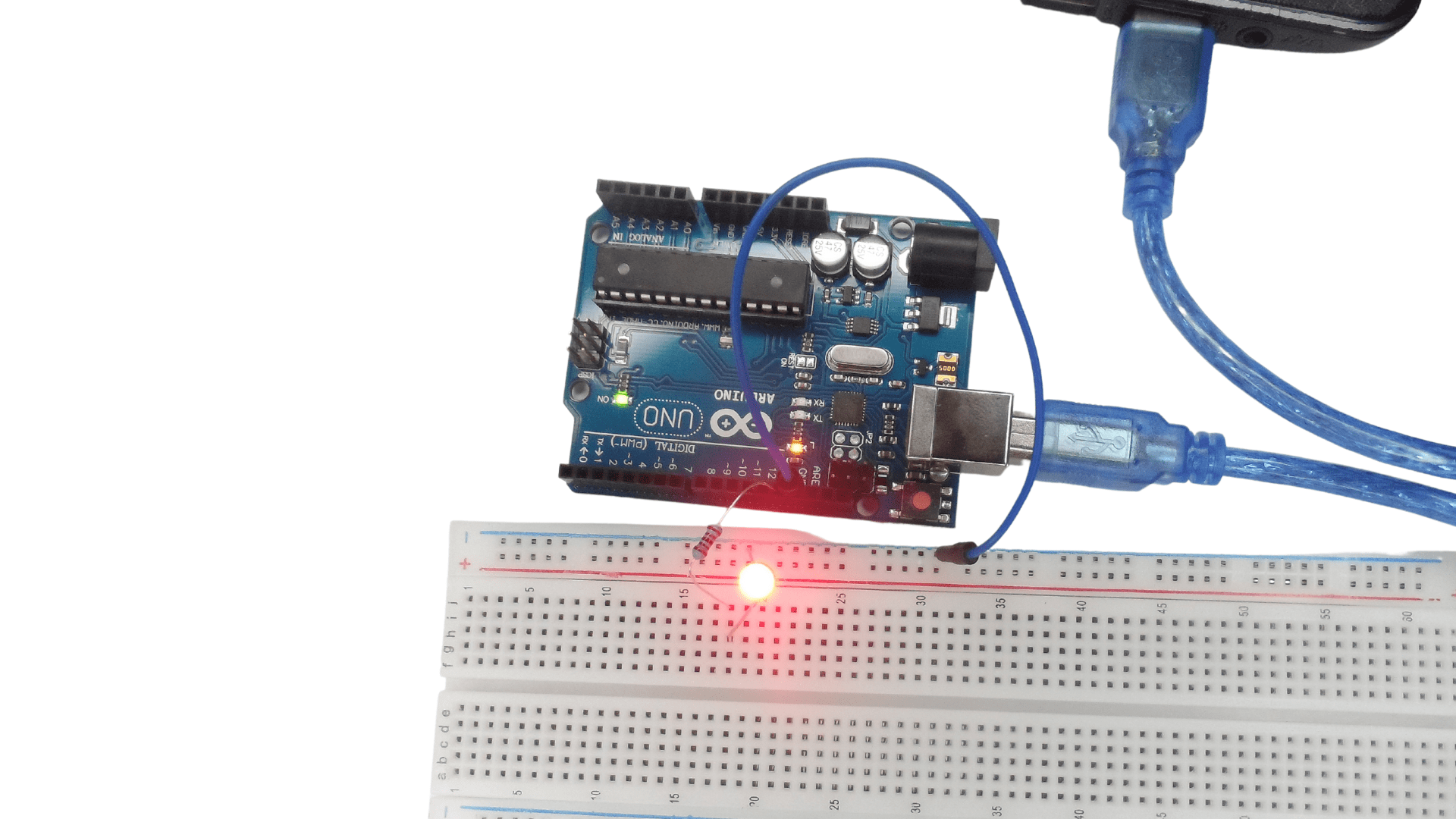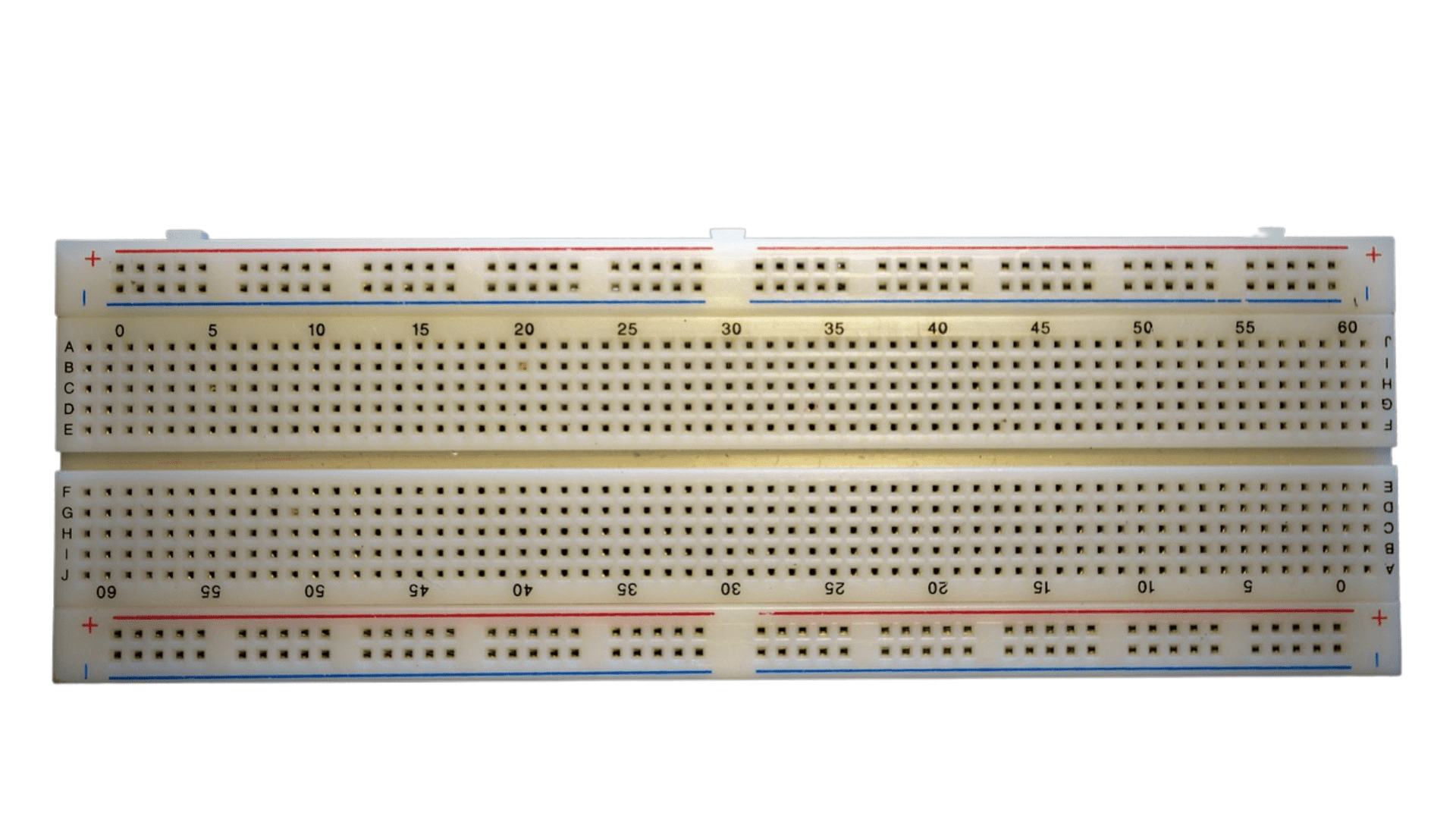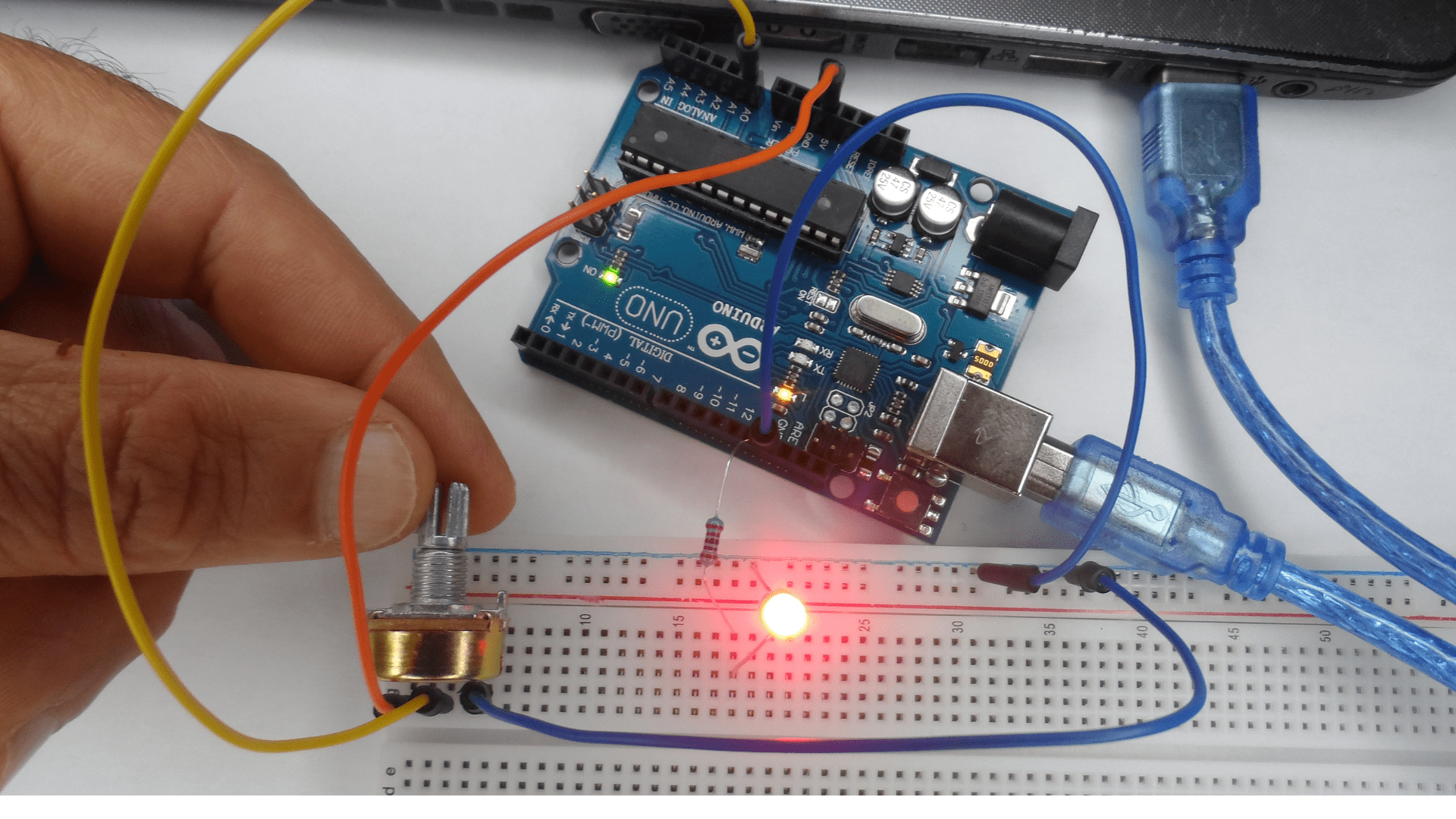What is Prototyping?
Prototyping
Prototyping is the procedure of creating prototypes of products or designs. A prototype typically takes the form of a model that shares some characteristics with the end product but may not be fully functional.
Prototyping
Prototypes are created to test ideas and provide feedback before investing time in developing a product that may not meet expectations.
Prototyping
Frequently, the user can prototype with a whiteboard or solderless breadboard for an electronic circuit. Prototyping a solderless breadboard kit for future electrical projects is the goal of this blog.
The Prototyping with whiteboard
A whiteboard is a must-have prototyping tool for any project. It is an easy and efficient way to quickly brainstorm and sketch out ideas, share concepts with others, and experiment with different design solutions.
It has been found that an average team of six people working in the same room can save up to 50 hours per week by using a whiteboard. This eliminates the need for emails, meetings, and phone calls.

A whiteboard can be used for various purposes such as:
- – Brainstorming
- – Planning
- – Project management
- – Designing
Prototyping with a solderless breadboard
The breadboard is a rectangular piece of plastic that allows the user to build electronic circuits. The user pushes the electronic components into the holes of the breadboard.
The user can develop complicated circuits with the breadboard. The breadboard comes from the old times and how electrical circuits were made. It was really made on an actual breadboard. The breadboard is, therefore, an aptly named name.
The modern breadboard in our days is not made from wood; it is made from plastic. There are different breadboard models in the market for further project use.
The breadboard is known by the name solderless breadboard because the user can make a connection without soldering. A breadboard can be used for analog and digital circuits, but it’s most commonly used for digital circuits.
Some features of this type of board are the ease with which they can be used, rearranged, and reused. A solderless breadboard has many holes that can be used to make connections between electronic components.
Understanding how to arrange these connections is the key to success when using a breadboard.Breadboarding is a technique used to construct the circuits of digital electronic systems.

Breadboarding Digital Circuits
The breadboard allows electrical connections by inserting wires through the board’s holes rather than soldering wires to its surface.
Breadboards can be used with various electronic components, including resistors and capacitors, which are not easily inserted into printed circuit boards.
Some breadboards have compartments for specific components, such as power supplies, transistors, diodes, and integrated circuits. Test points are often provided to allow electrical connections with a multimeter or voltmeter.
The construction is not entirely permanent, but it can be assembled and disassembled many times. Some hobbyists use a breadboard as the basis of their own compact circuit boards or to test the performance of a design before continuing with more permanent construction.
The concept was first introduced by William Schottky in 1873 to improve the Leclanche cell, invented by Hippolyte Leon Th énard in 1834. The first modern dry cell, the sodium-mercury cell, was made by Schottky in 1897.
This design has been employed ever since and is still used today.
How to Get Started with Breadboarding Digital Circuits
This section’s intention provides information on getting started with breadboarding digital circuits.It is not difficult to learn how to breadboard a circuit, but there are some things that you should know before you start.
The first thing is that the circuit will need a power supply, and this can be accomplished by using either a 9V battery or an AC-DC adapter. You should also know that analog and digital are two types of circuits.
The next thing you need is to find out what type of circuit you have. You can do this by employing the following table:Circuit Type Analog DigitalInputs Voltage (AC) Voltage (DC) Outputs Voltage (AC) Voltage (DC).
A breadboard is an electronic prototyping device that lets you build circuits without soldering.The breadboard consists of rows and columns, which are the connection points for your circuit.
Each row and column has two horizontal rails that form a channel along which you can insert your components.
There are also two power rails on either side of the board, where you can supply power to your circuit.
A breadboard should be used with jumper wires to connect the various components.
These wires have female connectors on one end, which fit into the channels in the breadboard, and male connectors on the other end that plug into each other or into components such as LEDs and switches.
Why do Prototypes Matter, and what are the benefits of Prototyping?
Prototypes are a way to communicate ideas, concepts, or design solutions to others.Prototypes allow you to test your product without spending any money.
It will enable you to find out if your idea is worth being invested in or not. And it can also help you save money by avoiding expensive mistakes.
Prototyping helps better understand how the product should work and be designed. It can also help find errors and problems that need fixing before the final product is released on the market.
In short, prototypes are a great way to validate ideas and show them off before investing in them.
Different Types of Prototypes and Why They’re Important
Prototypes are essential to the design process and can be used for various purposes. Prototypes can be used to demonstrate a design to stakeholders, test a design with users, and generate feedback from the user.
Prototypes are visual representations of designs that help designers and stakeholders understand what they will look like when complete.
Prototypes can be used for many purposes, such as:- Demonstrating a design to stakeholders- Testing a design with users- Generating feedback from the user
How to Prototype on a Breadboard
The breadboard is a prototyping platform used to build electronic circuits and electrical components. It is popular among electronics hobbyists, do-it-yourselfers, and engineers.
The breadboard consists of horizontal and vertical metal strips connected by small metal pins. A circuit comprises many pins and ribbons, called “poles,” then combined with wire.
The breadboard is used primarily for prototyping electronic circuits using point-to-point wiring techniques.
It can also be used to connect components electrically without soldering them together or as an aid to building larger prototype systems by connecting.
These metal strips are called “rungs,” and the small metal pins are called “jumper wires.”The breadboard can be used with various electronic components, such as resistors, capacitors, transistors, LEDs, diodes, etc.
It is not recommended for use with transformers, inductors, or other significant or difficult-to-fit components. The breadboard is typically made from a single metal plate, with a hole in each corner for the wire connections.
These wires are generally green, red, blue, and yellow. These colors make them easy to identify. The holes are slightly wider at the center of each board – this.
Components can be inserted into the breadboard along the rungs and jumper wires; they can also be inserted between two adjacent rungs or jumper wires at any point along these horizontal or vertical lines.
A prototype circuit can be built on.
How to Choose the Best Circuit Prototypes?
The circuit prototype is the most vital part of the circuit design process. It is the first step in designing a circuit, and it will determine what kind of components you will need to use in your project.
When choosing the best circuit prototype, consider many things, such as current drain, cost, and component type.
The following are some of these considerations:
- -The complexity of the circuit design may seem overwhelming at first, but all you need is some patience and a little know-how to get started.
- -The cost and time required to produce each type of prototype
- -Your personal preferences.
breadboard makes it easy to build Arduino projects
Breadboards are a type of prototyping board that is used to create circuits. They are like solderless breadboards, but they come with metal strips on the sides. This makes them more rigid and easier to use.
The breadboard is the most essential part of an Arduino project. Without it, you can’t build your project. The breadboard is a circuit board with many holes for inserting components.
The breadboard makes it easy to build Arduino projects because it makes the wiring process more accessible and organized.
Arduino can assemble a circuit in minutes by trial and error compared to hours of frustrating wire routing on a breadboard.

A Few Best Practices for Creating an Amazing Prototype with breadboard

A breadboard is a prototyping tool that is used to create a prototype. It can be used to build circuits and connect them with wires.
A few best practices for creating a fantastic prototype with breadboard are:
- – Breadboards are often sold in kits, and these kits come with many different components that can be used for the prototype.
- – The breadboard should not have any components on it before it is ready to use.
- – Components should be placed correctly on the board, like resistors, capacitors, transistors, etc.
- – The device should also be connected to the power supply and input/output, such as buttons or sensors.
